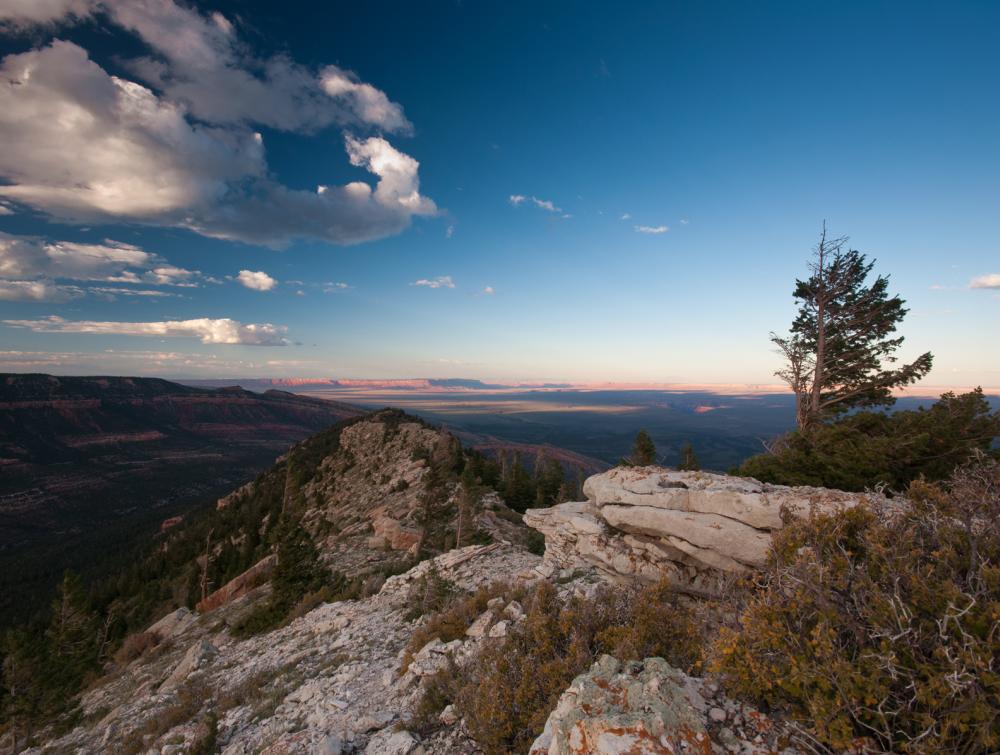Congress intensifies effort to protect Grand Canyon and Bears Ears from mining

Greater Grand Canyon Watershed, AZ
Jessica Pope
Congress intensifies effort to protect Grand Canyon and Bears Ears from mining
WASHINGTON, June 21, 2019 ----- With places like the Grand Canyon and Bears Ears National Monument imperiled by efforts of the Trump administration’s Interior Department to undermine environmental safeguards and speed mining near sensitive national treasures, Rep. Raúl M. Grijalva (D-Ariz.) and Rep. Alan Lowenthal (D-Calif.) are introducing legislation today, the Uranium Classification Act of 2019, H.R. 3405, that would remove uranium from the administration’s “critical minerals” list.
By striking uranium from the list, the bill would alleviate the artificial pressure the administration has created to mine these special places.
Both iconic landscapes have reserves of uranium, which is currently listed as a “critical mineral” by the Interior Department. The administration has called for a review of all mineral withdrawals, including those in place in the greater Grand Canyon watershed if they are viewed as a barrier to exploiting those mineral resources. Additionally, there are proposals to fast-track for approval for such “critical mineral” mines, that would result in limited environmental review and public participation.
America Fitzpatrick, senior government relations representative at The Wilderness Society said;
“There are some places where dangerous mining simply doesn’t belong. Bears Ears and the Grand Canyon are irreplaceable American treasures that we must protect for future generations. We urge Congress to quickly enact this legislation to head off potentially catastrophic and permanent damage to iconic lands and protect communities from being steamrolled by this Administration’s reckless agenda.”
The greater Grand Canyon watershed is one of America’s most spectacular natural landscapes. Stretching hundreds of thousands of acres in northern Arizona, it is one of the wildest and most ecologically important areas of the West. The Grand Canyon is also one of the best-known sites in the West, attracting millions of visitors each year. The surrounding watershed includes lesser-known gems like Vermilion Cliffs National Monument and the ancient ponderosa pines of the Kaibab National Forest. However, this area is at risk of new uranium mining claims, despite a 20-year moratorium signed in 2012.
Bears Ears National Monument’s unique landscape and priceless archaeological and cultural sites are at risk of being damaged or destroyed by mining, drilling and development. The Bears Ears area has long been considered one of the most "endangered" historical spots in the U.S. due to persistent looting and vandalism of cherished Native American sites. But hope spread when President Barack Obama designated Bears Ears as a national monument in 2016. Now, all is at risk again. Thanks to unlawful boundary reductions that stripped protections from hundreds of thousands of acres of land, Bears Ears faces major threats from uranium and other mining interests as well as oil and gas drilling.
Mining activity poses a threat to public health and tribal communities and could contaminate drinking water supplies, destroy crucial wildlife habitat and disrupt migration corridors, while also dealing a blow to local tourism-based economies. The Trump administration has been laying the groundwork through a series of executive actions to increase uranium mining activity in the U.S., that greatly increase the likelihood that mining could happen near sensitive places.
For more information on Bears Ears, Grand Canyon and other iconic American landscapes at risk from proposed drilling and mining, visit TWS’ Too Wild to Drill site.
Contact: Tony Iallonardo, 202-429-2969 or email tony_iallonardo@tws.org.
The Wilderness Society, founded in 1935, is the leading conservation organization working to protect wilderness and inspire Americans to care for our wild places. With more than one million members and supporters, The Wilderness Society has led the effort to permanently protect 111 million acres of wilderness and to ensure sound management of our shared national lands. www.wilderness.org
